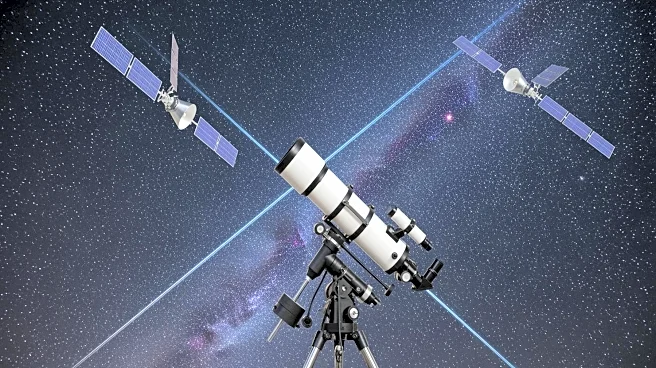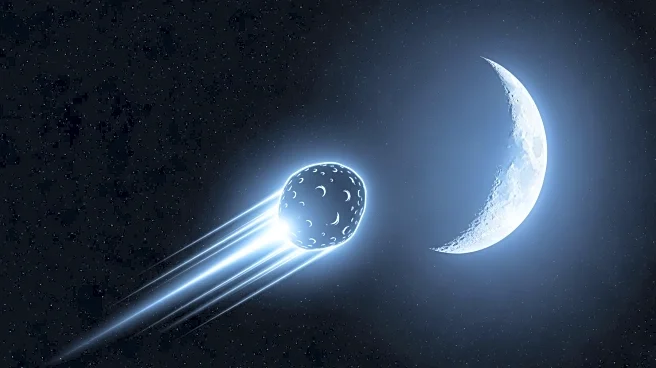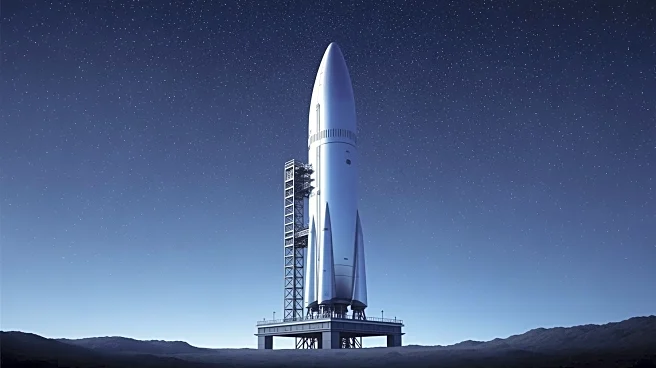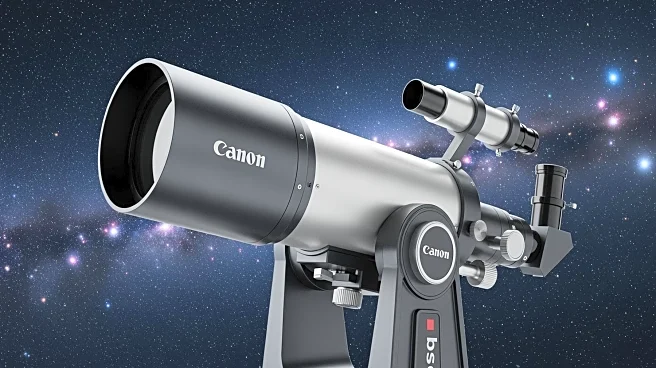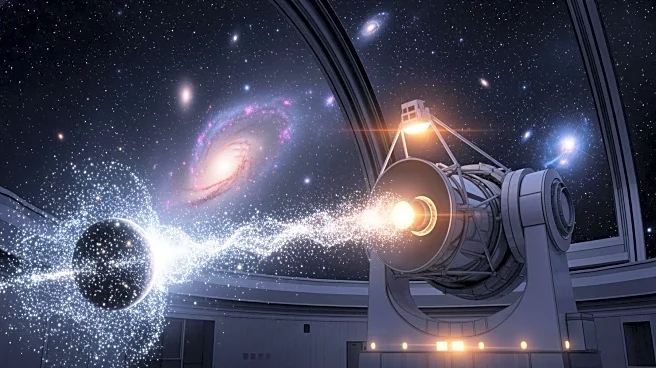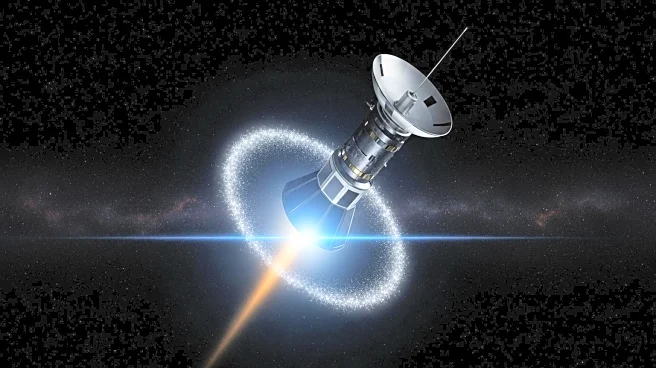What's Happening?
The Gemini North telescope, part of the International Gemini Observatory located in Hawaii, is experiencing challenges due to the increasing number of satellite streaks in the night sky. These streaks,
caused by satellites moving across the heavens, are affecting the accuracy of astronomical measurements. The Gemini North telescope, along with its twin Gemini South in Chile, provides astronomers with a comprehensive view of the universe, observing phenomena from growing stars to evolving galaxies. However, the reflected light from satellites can contaminate astronomical images, obscuring faint celestial objects and creating unwanted artifacts in data. This issue is exacerbated by the launch of large satellite constellations by private companies like SpaceX and Amazon, which aim to deliver global broadband internet and other services.
Why It's Important?
The presence of satellite streaks poses a significant threat to astronomical research, as they can interfere with the study of distant galaxies, near-Earth asteroids, and exoplanet atmospheres. The contamination of astronomical images by satellite reflections can hinder scientific discoveries and the understanding of cosmic phenomena. To address this issue, the U.S. National Science Foundation's NOIRLab, which operates the Gemini Observatory, co-hosts the Center for the Protection of the Dark and Quiet Sky. This global collaboration focuses on research and advocacy efforts to preserve the natural view of the cosmos, ensuring that astronomers can continue to make accurate observations and contribute to scientific advancements.
What's Next?
Efforts to mitigate the impact of satellite streaks on astronomical observations are ongoing. The Center for the Protection of the Dark and Quiet Sky is working to coordinate global research and advocacy to address this issue. Potential solutions may involve developing technologies or policies to reduce the visibility of satellites in the night sky, thereby preserving the integrity of astronomical data. As satellite constellations continue to grow, collaboration between astronomers, policymakers, and private companies will be crucial in finding effective ways to protect the night sky for scientific research.
Beyond the Headlines
The increasing number of satellites in orbit raises ethical and legal questions about the balance between technological advancement and the preservation of natural environments. The impact on astronomy highlights the need for responsible satellite deployment and consideration of the broader implications for scientific research and cultural heritage. Long-term shifts in satellite technology and policy could influence how humanity interacts with the night sky and the universe.
